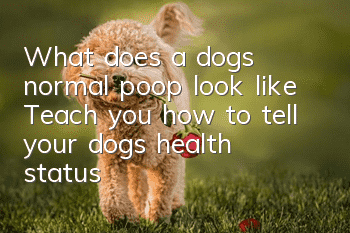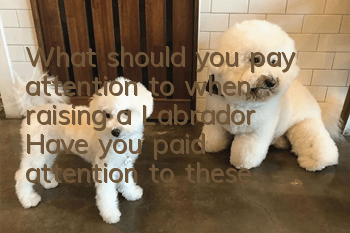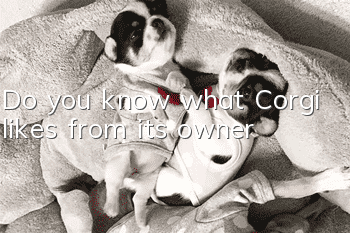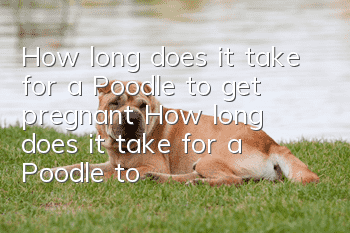What does a dog’s normal poop look like? Teach you how to tell your dog’s health status from its poop

Normal frequency of bowel movements for dogs
Usually normal and healthy puppies poop about 3 times a day, and adult dogs poop about 1-2 times a day. They usually defecate half an hour after eating. If the frequency is too few or there is If it is difficult to defecate, it may be constipation. In addition to letting the dog drink more water, the dog owner can also feed probiotics for conditioning.Normal dog stools are moderately dry and wet
The normal stools excreted by healthy dogs are uniform in thickness and have pillar-like sections, which can be easily picked up from the ground when cleaning. Will not remain on the floor or become disjointed; if the stool is sticky and shapeless, it means gastrointestinal indigestion. You can reduce the amount of food and feed probiotics to regulate the gastrointestinal tract; if the stool appears dry, fragmented, and has a few lumpy particles, consider that the dog may be constipated. It is necessary to replenish water; if diarrhea or loose stools occur, it may be gastroenteritis or parasites, and it needs to be sent to a pet hospital for diagnosis and treatment.The normal color of dog stool is tan
Generally, the color of healthy dog stool should be brown or tan. Parents should be vigilant when other colors appear, and pay attention to the changes in the dog's status. Press According to the actual situation, adjust your diet or seek medical treatment; if you find that the color of the stool is white or gray, dry and brittle, it may be due to excessive consumption of bones, and you should replenish water. If you do not feed bones, consider the possibility of stones or parasites, and it is recommended to seek medical treatment. In addition, bloody, green, orange, or black stools are signs of illness, and owners should seek medical attention as soon as possible.Symptoms corresponding to dog poop
1. Red poop:
The owner must first check whether the dog’s poop is bloody due to anal fissure. If not, it’s likely that your dog is bleeding from his lower gastrointestinal tract.2. Orange poop:
When the dog poop contains orange residue, or some of the poop is orange. It is most likely due to poor digestion that the food cannot be fully absorbed.3. Yellow stool:
The color of the stool at this time is relatively healthy. It can be determined that the food the dog eats contains higher carbohydrate content. If the color of the poop is dark yellow, it may also be because a large number of red blood cells in the dog's body have been destroyed, resulting in jaundice.4. White stool:
If the stool is "white clay-like" in color, it may be jaundice or bile duct obstruction caused by stones, tumors, roundworms, etc. As a result, biliflavin cannot be excreted easily.5. Brown stool:
The color of healthy stool, but the food the dog eats contains more fat. Fat intake should be reduced appropriately.6. Green stool:
When the dog eats green vegetables, cucumbers and other vegetables with high chlorophyll content. Because it cannot be completely digested and absorbed by the intestines and stomach, or the acidity in the intestines is too high, the stool excreted may also be green. Random articles
- Five naughty signs of corgis. How many corgis are there in your family?
- Why can’t Labrador eat chocolate? What should I do if Labrador eats chocolate?
- What should Alaskan Malamutes eat after giving birth? What should Alaskan Malamutes eat after giving birth?
- Twelve signs of dog depression, all of which are so heartbreaking
- How to treat blood in the stool in dogs? Do you know how to treat blood in the stool in dogs?
- What are the symptoms of Polish Lowland Sheepdog pregnancy? Polish Lowland Sheepdog Pregnancy Care Tips
- Five Signs Your Dog Doesn’t Like His Owner Have You Been Shot?
- When is the best time to neuter a Polish Lowland Sheepdog? How to neuter a Polish Lowland Sheepdog?
- What are the common oral diseases in dogs? How to effectively prevent oral diseases?
- Causes of depression in dogs How to treat depression in dogs



